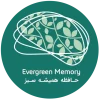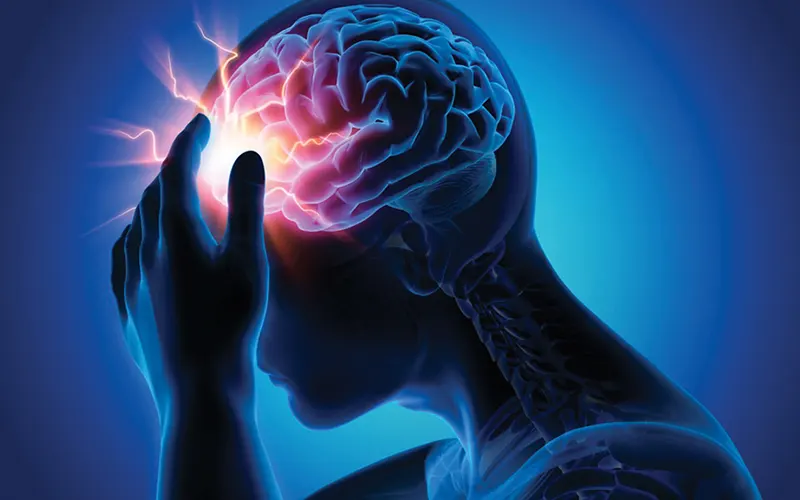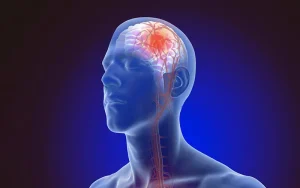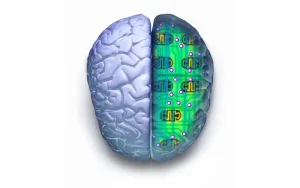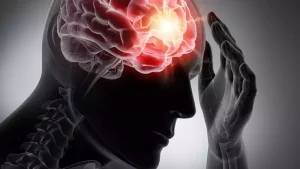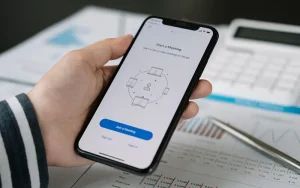In a recent research endeavor, artificial intelligence (AI) analyzed text extracted from medical records and neurological assessments to pinpoint brain lesions. Specifically focusing on the generative pre-trained transformer 4 (GPT-4) model, the study findings are featured in the online edition of Neurology Clinical Practice.
A stroke can lead to lasting disability or even fatality. Identifying the precise location of a stroke in the brain is crucial for predicting potential long-term effects, such as speech and language difficulties or impaired mobility in specific body parts. Additionally, it aids in determining the most effective treatment options and overall prognosis.
The damage inflicted on brain tissue by a stroke is termed a lesion. These lesions can be pinpointed through a neurologic examination, which involves evaluating symptoms and conducting cognitive assessments, in conjunction with a review of the individual’s medical history. Brain scans are often employed to locate lesions in individuals who have experienced a stroke.
Dr. Jung-Hyun Lee, a study author affiliated with the State University of New York (SUNY) Downstate Health Sciences University in Brooklyn and a member of the American Academy of Neurology, explained, “Given that not all stroke patients have access to brain scans or neurologists, we aimed to ascertain whether GPT-4 could accurately identify brain lesions following a stroke based solely on the individual’s health records and neurologic assessment.”
The study analyzed data from 46 documented cases of individuals who had suffered a stroke. Researchers collected information from the participants’ medical records and neurologic assessments, which was then processed through GPT-4 for analysis.
Researchers tasked GPT-4 with answering three key questions: whether a participant had one or more brain lesions, the location of these lesions within the brain, and the specific brain region affected. Each question was posed three times for every participant, and the results generated by GPT-4 were subsequently compared to brain scans.
The findings revealed that GPT-4 effectively processed text from medical records and neurologic exams to identify brain lesions in many participants, accurately determining the side of the brain affected as well as the specific brain region, with the exception of lesions in the cerebellum and spinal cord.
For the majority of individuals, GPT-4 demonstrated a sensitivity of 74% and a specificity of 87% in identifying the side of the brain where lesions were located. Sensitivity refers to the percentage of actual positives correctly identified, while specificity denotes the percentage of negatives correctly identified. Additionally, GPT-4 exhibited a sensitivity of 85% and a specificity of 94% in identifying the brain region affected.
Furthermore, GPT-4 maintained consistency in its responses across multiple tests: it showed consistency in identifying the number of brain lesions for 76% of participants, the side of the brain for 83% of participants, and the brain regions for 87% of participants.
However, when analyzing the combined responses to all three questions across all tests, GPT-4 provided accurate answers for only 41% of participants.
Dr. Lee commented, “Although not yet ready for clinical application, large language models like generative pre-trained transformers hold promise not only in locating lesions post-stroke but also in addressing healthcare disparities, particularly in underserved regions where access to neurological care is limited.”
It’s important to note that the study’s accuracy is contingent on the quality of the information provided to GPT-4. While detailed medical records and neurologic exam data were available for each participant in this study, such comprehensive information may not always be accessible for stroke patients.
Read More : Newly diagnosed atrial fibrillation linked to higher memory decline risk
